Green efforts
Over the decades, people have survived Xinjiang's harsh environment, with green change brought through the efforts of the corps.
During the National Day holiday, the unique scenery at Baisha Lake in Beitun city, featuring forests, lake and desert, attracted a large number of tourists. The tourist attraction, only several kilometers from the border, was once a barren desert wilderness.
By 2023, the urban green coverage rate in Beitun exceeded 41 percent, and in the built-up areas of various cities of the XPCC, the green area has reached nearly 10,000 hectares.
Transforming the barren deserts and wastelands into garden cities has brought opportunities for tourism.
Kunyu, located on the southern edge of the Taklimakan Desert, has average annual precipitation of only 34 millimeters, making its ecological environment extremely fragile.
Over the years, residents have accelerated greening efforts, built windbreaks, and planted vegetation to keep sand fixed in place. Every winter and spring, a large number of workers are organized to plant trees.
Since 2020, the corps has completed artificial afforestation of 17,700 mu, restoration and rectification of degraded forests covering an area of 22,044 mu, and restoration of 20,000 mu of degraded grasslands. Approximately 113 million yuan in total has been invested in afforestation projects.
With the increasing efforts in afforestation and ecological restoration, the landscape has been completely transformed. The forest coverage rate has reached 4.14 percent, and the green space in built-up areas has increased from 18 percent in 2017 to 40.21 percent today.
"During holidays, there are always a lot of tourists, and at peak times, we have to roast two or three sheep a day," said Mamatturdi Keram, who is a food seller at Kunlun Mountains scenic spot close to Kunyu.
He both herds and sells roasted meat. Mamatturdi said he can earn more than 30,000 yuan a year from selling roasted meat.








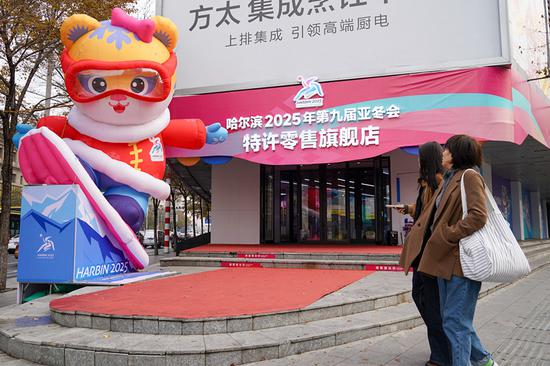
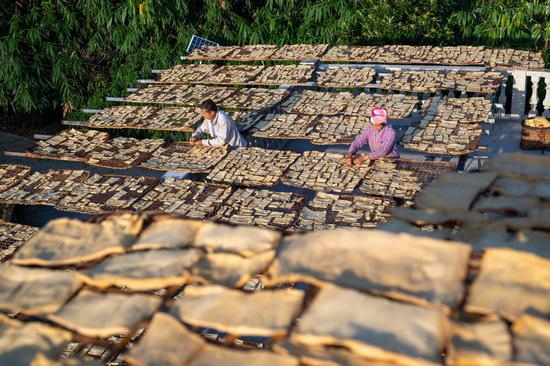
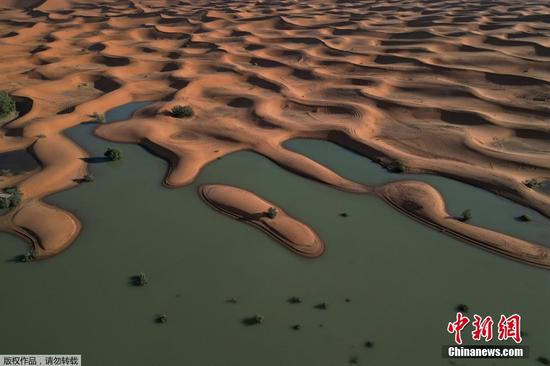
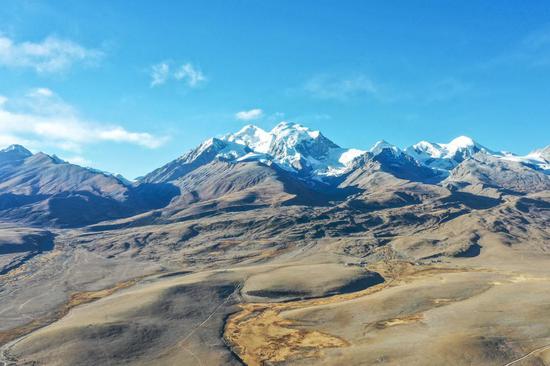



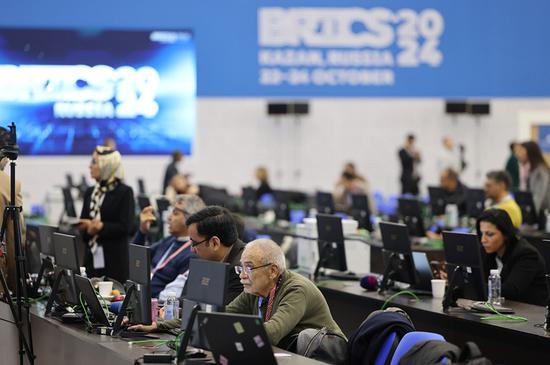


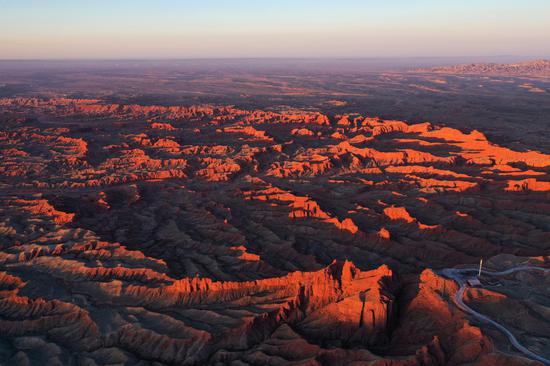



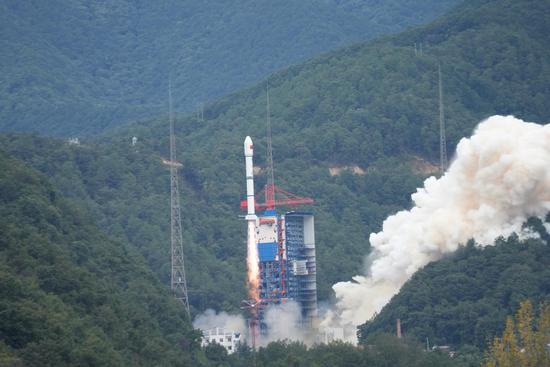

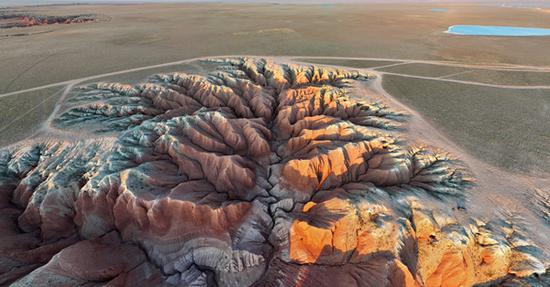


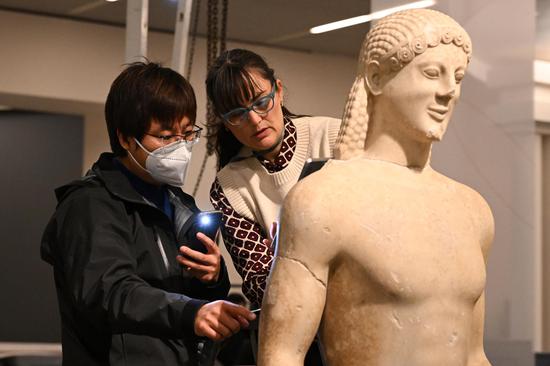
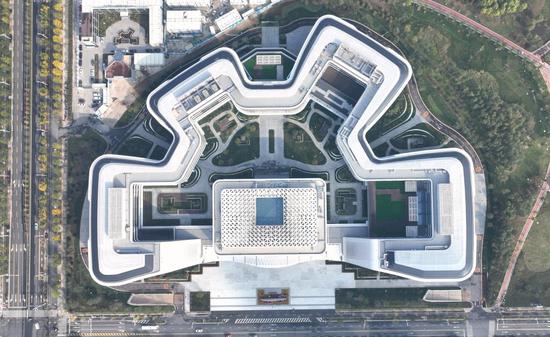

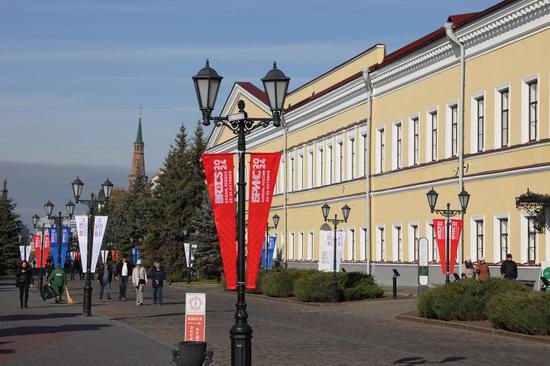
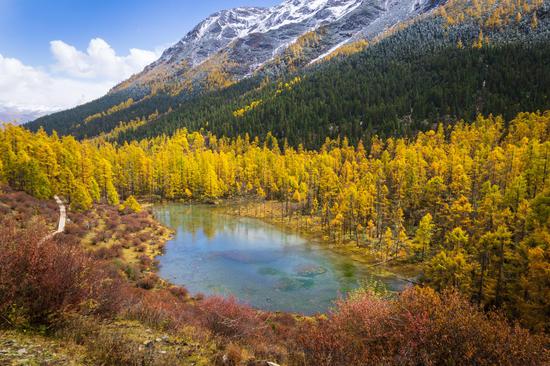
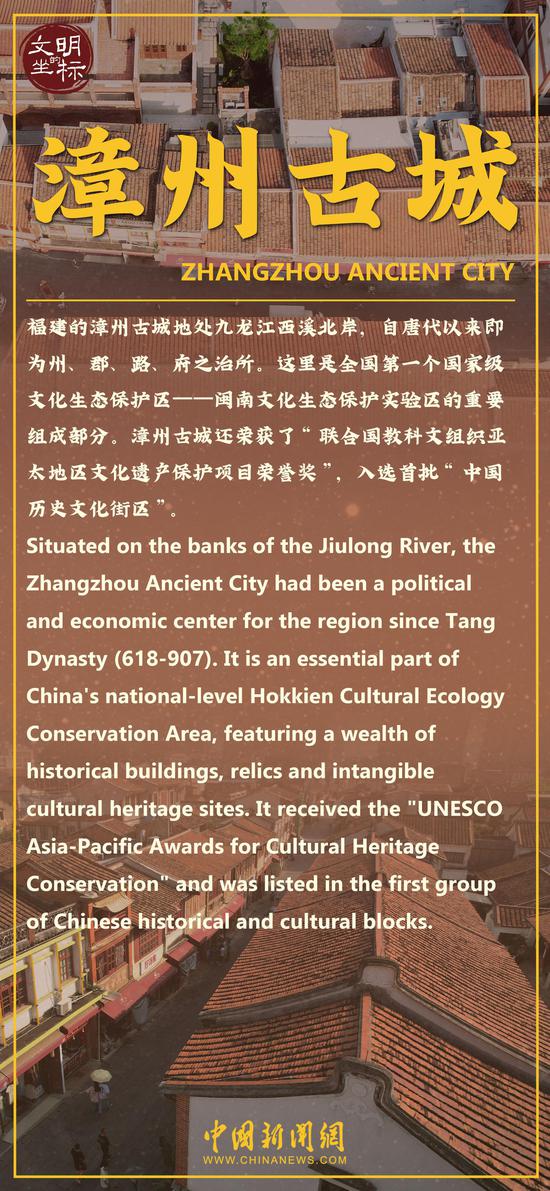

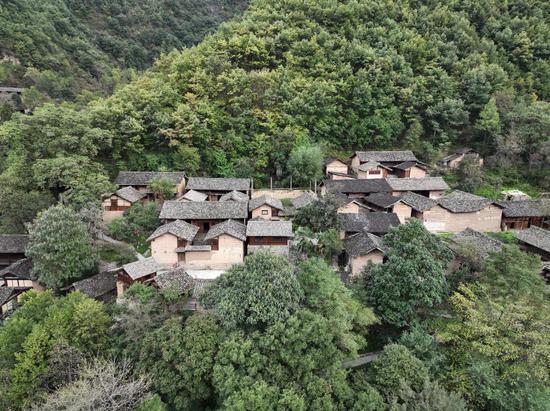
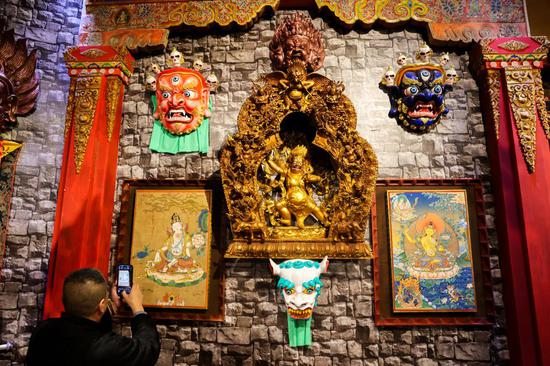
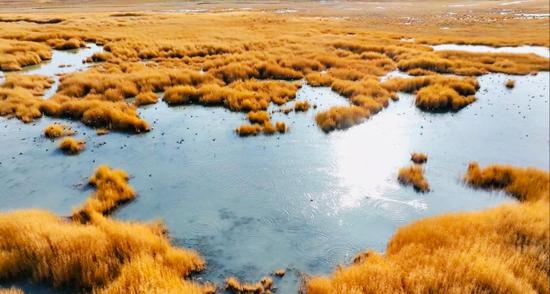

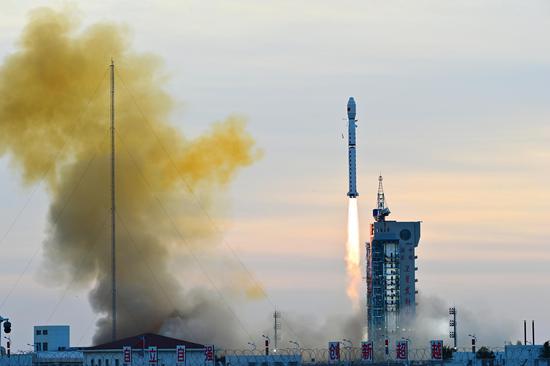


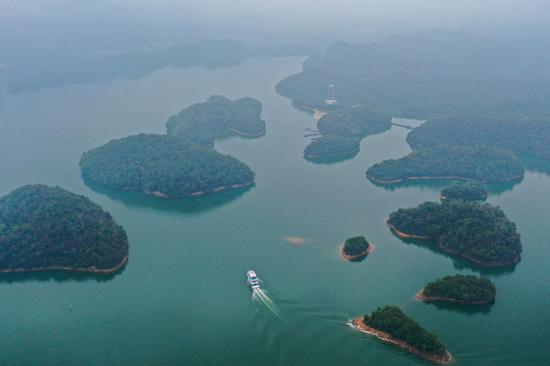

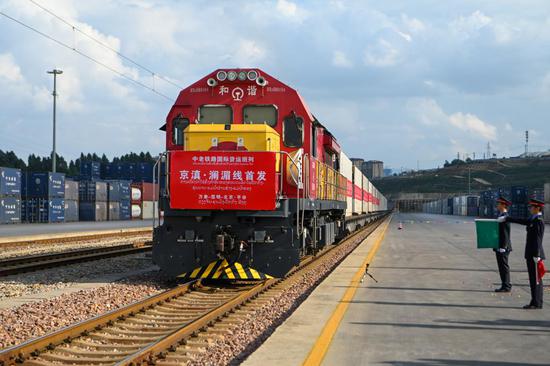




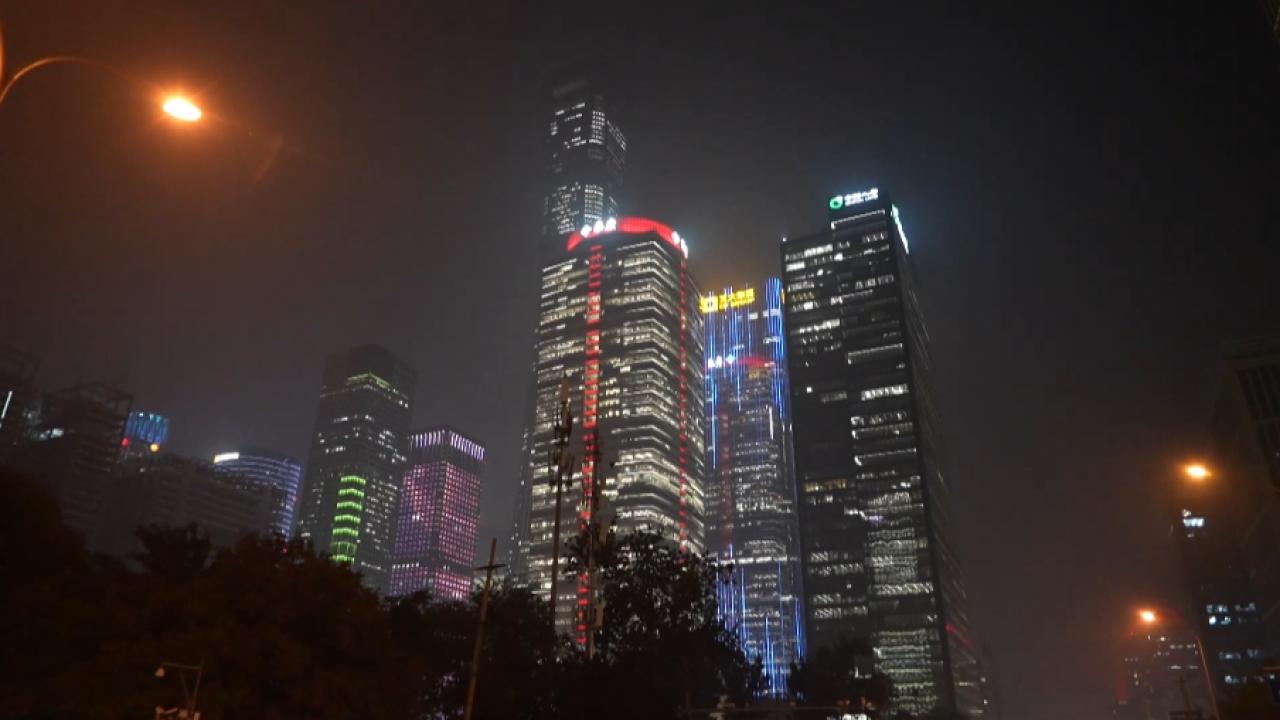

 京公网安备 11010202009201号
京公网安备 11010202009201号